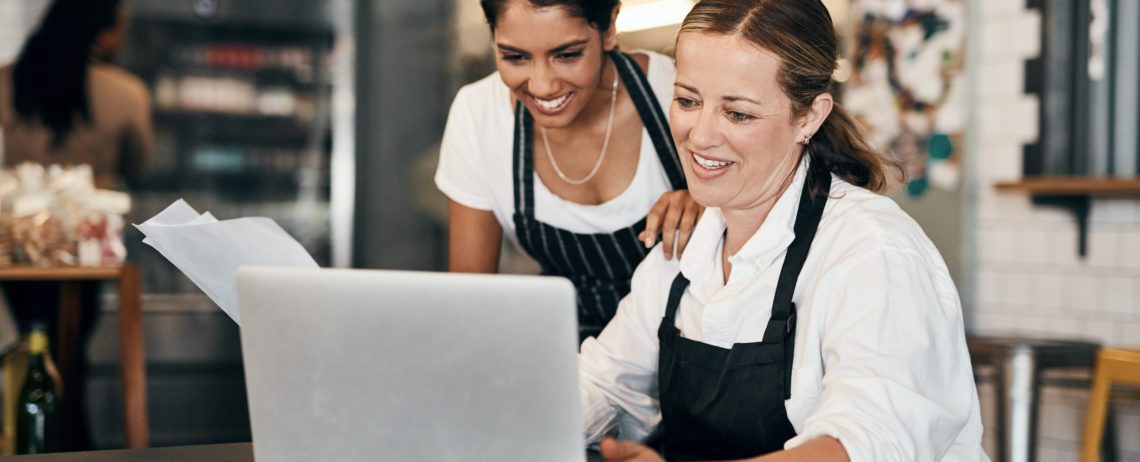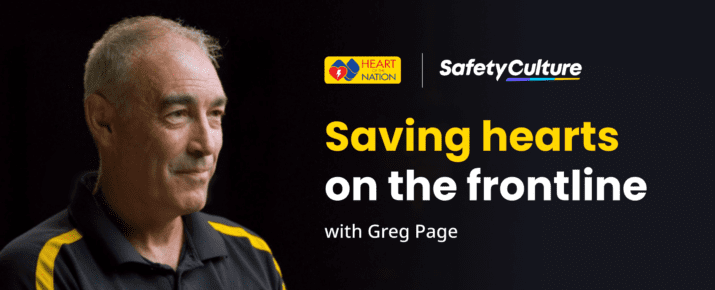Taking Stock: Serving up best practice in hospitality post-pandemic
Ask The Experts | Industry Trends | By | 15 Jun 2022 | 4 minute read

Such has been the pace and breadth of change in the last few years that the world is awash with predictions about just what the post-pandemic ‘normal’ might look like. With no shortage of expert opinions, we decided to go straight to the source — industry leaders in the thick of it, handling every hurdle and putting in the hard yards.
We spoke to Brianna Borin, Senior Vice President of People at Snooze A.M. Eatery. Together, we dug into pandemic lessons learned and how she’s rethinking the world of work. Here’s a look back—and a lens on what’s next.
Meet Brianna Borin, Senior Vice President of People at Snooze A.M. Eatery. Snooze Eatery is a popular chain of restaurants in the US with 43 locations. The team at Snooze worked with SafetyCulture to build up a culture of safety, consistency and quality during one of the most uncertain periods for hospitality businesses.
In the post-pandemic landscape, businesses in the hospitality industry are facing new challenges, from managing increased demand to ensuring quality service with a limited workforce. One effective solution to overcome these hurdles is hiring temporary hospitality staff. By utilizing skilled, flexible workers, hospitality businesses can maintain high service standards during peak times or when dealing with staff shortages.
What new processes did you create in COVID-19 that will continue long after the pandemic?
We have created so many new practices during Covid that have been welcome changes within the hospitality industry. An awareness around safety and health is a big one for an industry that had the mentality of “the tougher the better”. We rolled out significant digital daily wellness check processes that continue to serve us well in regard to keeping our guests and Snoozers safe.
Through our use of SafetyCulture’s daily checklists we have been able to maintain a focus on ensuring the cleanliness of high-touch surfaces and high-use areas better than ever before. That is bound to have unintended consequences like healthier Snoozers!
In addition, using tools like customizable QR code menus and payment systems has increased efficiency and lowered the costs of printing menus within a constantly changing environment. Lastly, the increase in off-premise business has forced our teams to gain a higher level of efficiency, but the increased revenue without added seat counts has been helpful.
What does “living with COVID” look like for your industry?
Living with COVID in the infrastructure sector will look somewhat different to pre-pandemic times. For my workplace, it is now a hybrid work environment, with a mixture of in-person and online meetings.
I fear it is still a little too early to tell, however we are aware that at some point we need to accept the things we cannot change and determine how we, as an organization and an industry, will move forward.
It starts with how we operate with limited staff without sacrificing the guest experience. The fluctuations in staffing levels depending on case counts and illness has been a big challenge and building appropriate staffing models will be critical.
Then it is a focus on running the business while keeping safety a top priority for our Guests and Snoozers. Hence why we are committed to keeping several of our current practices in place.
Lastly, it is all of our new priorities, benefits, higher compensation, and competition for hiring being in great balance with running and protecting the business. Things feel off-kilter as we determine what our “new normal” will look like, but each day it feels a bit more normal.
What’s the top focus for your industry to tackle in order to be able to effectively “live with COVID”?
There are several focuses that could be identified as top priorities, but the industry’s top priority is to attract talent back into our industry. Millions of people left the industry during Covid for various and accurate reasons, but the industry has become so competitive that it isn’t serving anyone. There are industry-wide changes like predictive scheduling, flexible scheduling, minimum level safety expectations, reduction in “restaurant culture/harassment” and enhanced benefits and wages that our industry desperately needs in order to attract people back to our industry. There are also a lot of opportunities within immigration reform that would greatly benefit rebuilding the talent within our industry. The lack of talent is an industry-wide issue.
What is the biggest industry opportunity you see for positive change in a post-pandemic world?

Restaurants have been notoriously behind within the technology use realm. When Covid hit, the majority of restaurants had to shift overnight to the use of technology as a way to communicate and connect with our Guests. Although that shift happened fast and caused many disruptions it moved us forward by about 10 years as an industry. Tools that allow us to create efficiency and accuracy in our business are now a part of our everyday. It is no longer a competitive advantage; it is a cost of entry into the industry. The use of technology will also allow us to attract the next generation of employees which is a solution to the talent demand. Tools provided by Safety Culture are amongst some of the greatest tools out there that aid restaurant management to create strong technology platforms.
With the learnings you’ve gained from the pandemic, what advice would you give people in your field?
Those who are in this business because they love to serve other people and were born hospitalians are the ones that survived two of the most difficult years in hospitality. This business is about heart, passion, loyalty, and love and is not for the faint of heart. The resiliency of this industry is undeniable and we are here to last. My advice is to take it one day at a time, don’t get too far ahead of yourself, and focus on people. People are the secret sauce of this business and all the tools in the world won’t replace the human connection we are all in deep need of. In the challenging landscape of hospitality, where resilience is key, consider the strategic advantage of outsourcing for maintaining 24/7 hotel management operations. This external support not only optimizes resources but also allows your team to focus on delivering an exceptional guest experience, keeping the beating heart of hospitality alive.
Create systems and tools that make delivering the Guest Experience easier, but don’t take away the beating heart. Keep it all in balance.
Important Notice
The information contained in this article is general in nature and you should consider whether the information is appropriate to your specific needs. Legal and other matters referred to in this article are based on our interpretation of laws existing at the time and should not be relied on in place of professional advice. We are not responsible for the content of any site owned by a third party that may be linked to this article. SafetyCulture disclaims all liability (except for any liability which by law cannot be excluded) for any error, inaccuracy, or omission from the information contained in this article, any site linked to this article, and any loss or damage suffered by any person directly or indirectly through relying on this information.





